We can't find the internet
Attempting to reconnect
Something went wrong!
Hang in there while we get back on track
Phoenix LiveView
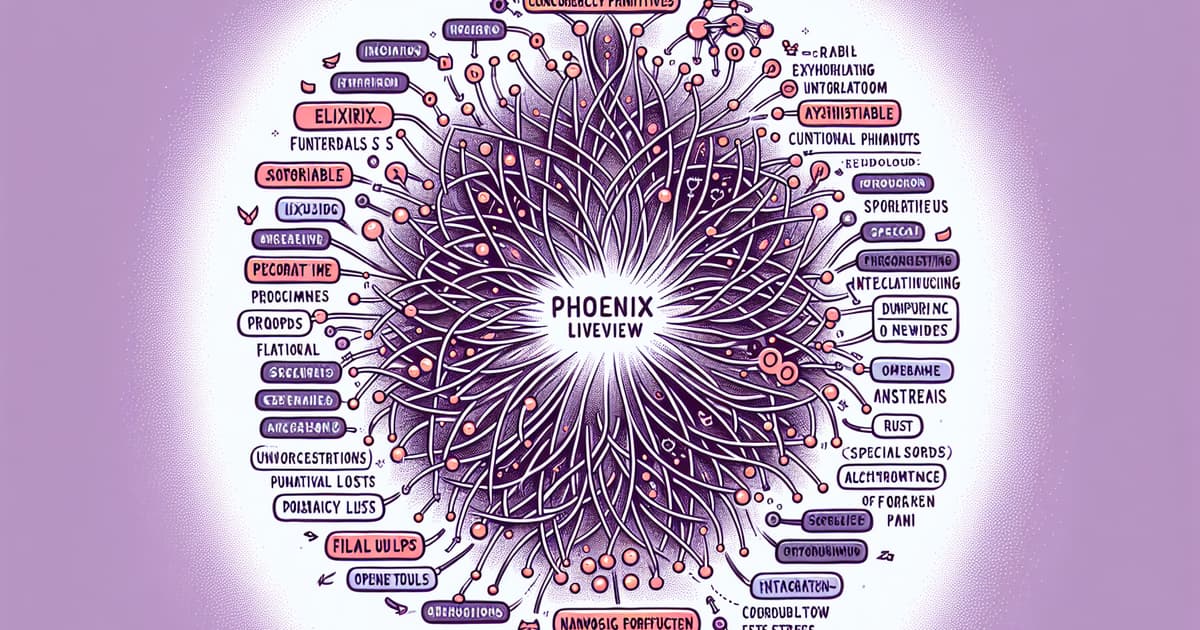
Phoenix LiveView has become a game-changer in the world of web development by providing a seamless way to build interactive, real-time applications without heavy reliance on JavaScript. By leveraging Elixir's concurrency primitives and functional programming paradigms, LiveView enables developers to handle client-server interactions efficiently, offering benefits such as low-latency user experiences and reduced complexity in codebases. Key features include real-time file uploads, dynamic list management using Streams, and integration with powerful tools like SortableJS and OpenAI Chat APIs for enhanced functionality. LiveView also supports seamless integration with static and dynamic HTML elements, providing hooks for custom JavaScript logic, and advanced capabilities such as asynchronous task management and network optimization. Furthermore, its compatibility with tools like Rust and Prometheus ensures that LiveView applications can push performance boundaries while maintaining simplicity and scalability.
One of the standout aspects of LiveView is its ability to leverage the BEAM's soft real-time capabilities, which allows for consistent low-latency responses. This is particularly evident in use cases like real-time search engines, interactive charts, and live video and audio streaming. The LiveView ecosystem continues to evolve with contributions from the community, including tutorials on combining LiveView with contemporary frameworks like Svelte, and innovative projects like building AI-powered components and game development. With ongoing enhancements and community-driven resources, Phoenix LiveView is well-positioned to remain a leading solution for modern, scalable web applications.
Developers have reported significant productivity gains and simplified workflows when using LiveView for scenarios ranging from dynamic form management to complex, data-driven applications. The introduction of features like live_session for organized authorization, asynchronous operations with start_async, and global state management using PubSub further extend its capabilities. LiveView's continuous improvements, driven by its active community and core team, aim to make it even more robust and versatile for various application needs, enabling both seasoned developers and newcomers to harness its full potential.

Elixir Community Updates and New Features
News includes breakthrough research on Elixir's type system, updates on Phoenix LiveView, LiveDebugger improvements, and new integration features.

Advancements in Elixir's Type System and Phoenix LiveView
ThinkingElixir.com covers recent advancements in Elixir, including improvements in the type system and updates to Phoenix LiveView.

Exploring Livebook: Insights and Implementation
In this talk recorded at ElixirConf EU 2025, the speaker explores the implementation aspects of Livebook, a collaborative web application leveraging Phoenix LiveView and Erlang distribution.

Overview of Elixir v1.19 Features and Community Updates
News includes the major release of Elixir v1.19 with enhanced type checking, broader type inference, and up to 4x faster compilation for large projects.

Overview of Elixir v1.19 Release and Related Updates
ThinkingElixir.com discusses the major release of Elixir v1.19, which features enhanced type checking and improved compilation speed, along with other updates in the Elixir ecosystem.

Deploying Axis: An Elixir Phoenix App in a CTF Environment
Vito describes the challenges faced while deploying Axis, an Elixir Phoenix app, during DEF CON Capture the Flag finals in August 2025.

Building a Modal Overlay with Phoenix LiveView's Portal Component
In this content, the author explores how to create modal overlays using the Portal component in Phoenix LiveView, demonstrating the construction of an album search feature.

Mastering Phoenix LiveView for Better User Experience During Reconnects
This talk explores how to maximize LiveView’s capabilities to create a seamless user experience during connection drops and recoveries.

Creating a Distributed Timer Using Phoenix LiveView
In this post, the author discusses implementing a distributed timer in a Phoenix LiveView application that synchronizes timer states across multiple users.

Exploring Colocated JavaScript Hooks in Phoenix LiveView
In this episode, the author discusses colocated JavaScript hooks introduced in Phoenix LiveView 1.1, showing how they simplify the addition of JavaScript functionality to components.

Exciting Updates in Elixir: LiveView 1.1 and Community Highlights
In this episode, the host discusses the release of Phoenix LiveView v1.1 with new features, Elixir's rank in the Stack Overflow Survey 2025, and more community news.

Overview of New Features in Phoenix LiveView 1.1
In this video, the author discusses the new features in Phoenix LiveView 1.1, including an easy upgrade process and improved debugging tools.
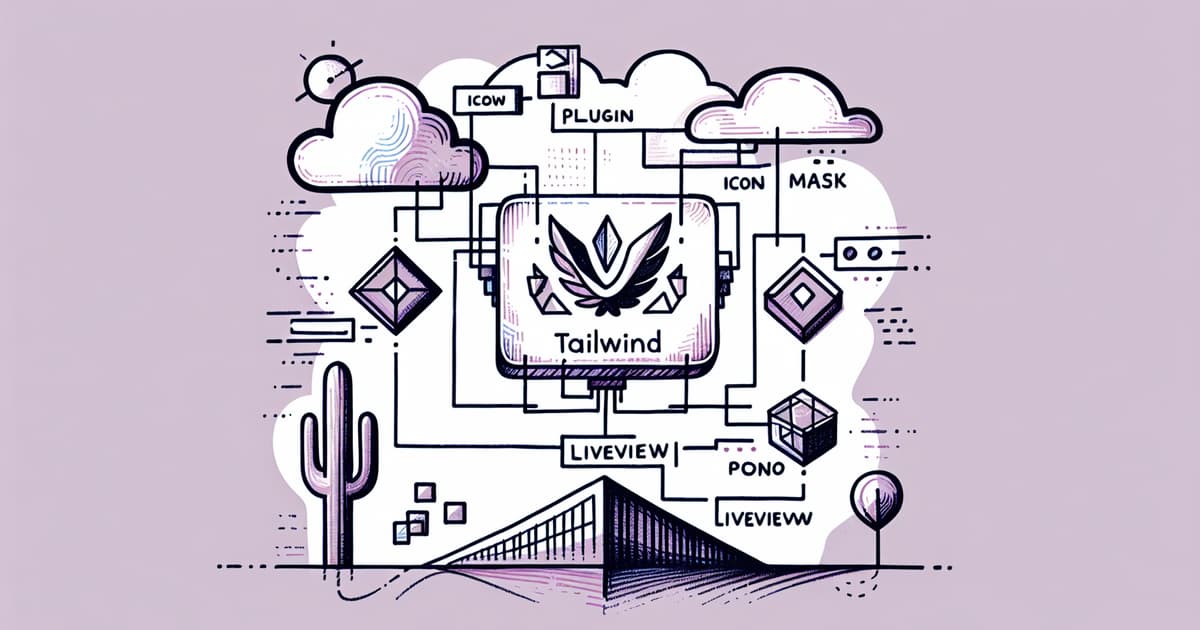
Improved Tailwind Icon Mask Plugin for Phoenix LiveView Integration
This article provides an enhanced solution for integrating Tabler Icons into Phoenix projects, focusing on improvements and bug fixes.

Podcast Episode 261 Discusses Elixir News and Insights
This episode covers the latest updates in the Elixir community, including the Phoenix LiveView 1.1.0 release candidates and a thought-provoking interview with José Valim.

Latest Updates on Elixir and its Rising Adoption
ThinkingElixir.com discusses recent updates in the Elixir community, including the release of Phoenix LiveView 1.1.0 and insights from industry interviews.
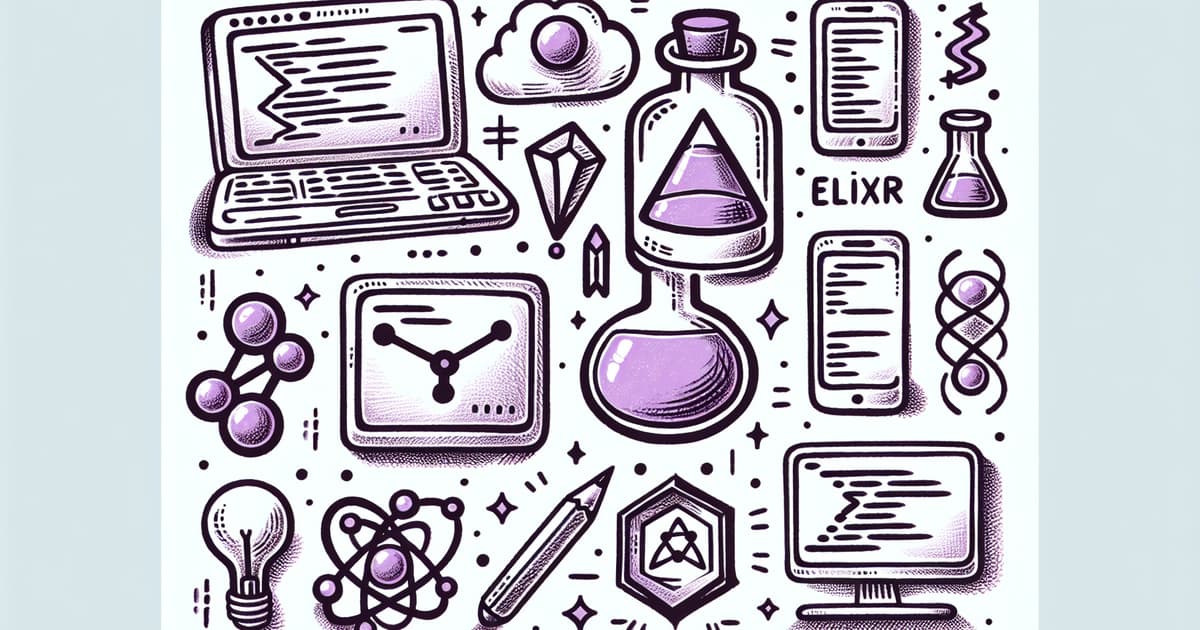
Latest Updates and Tools for Elixir Developers
Mark Ericksen discusses recent developments in the Elixir community, including LiveDebugger v0.3.0, Oban 1.6, and YOLO v0.2.0, along with insights on testing and AI-driven test creation.

Introducing LiveTable: A Scalable Real-Time Data Table Library for Elixir
Ch Virinchi explores the need for a modern ERP system and introduces LiveTable, a library for creating real-time datatables in Elixir using Phoenix LiveView.

Rapidly Validating SaaS Ideas Using AI and Elixir
Chris Gregori shares a streamlined process to convert fleeting ideas into live SaaS waitlists in just 120 minutes. The workflow is designed for indie hackers to validate their projects quickly without overwhelming commitments.

Updates to Permit Library and GraphQL Integration
The latest updates to the Permit authorization framework include support for Phoenix LiveView 1.0, new features, and plans for integrating with Absinthe-based GraphQL APIs.

Exploring Advanced Form Patterns in a Phoenix LiveView Budget App
[Code and Stuff] In this episode, we delve into advanced form patterns using embedded schemas and Ecto.Multi to enhance the budget creation process in a Phoenix LiveView application.

Integrating Elixir with a Go Backend Using CNodes
Karl Matthias discusses connecting an Elixir Phoenix LiveView app to a Go backend using a CNode setup instead of NIFs or Ports.

Elixir Community Updates and New Releases in Podcast Episode 257
In this episode, listeners are updated on the latest Elixir v1.19.0-rc.0, Gleam v1.11.0, and other significant developments in the Elixir community.
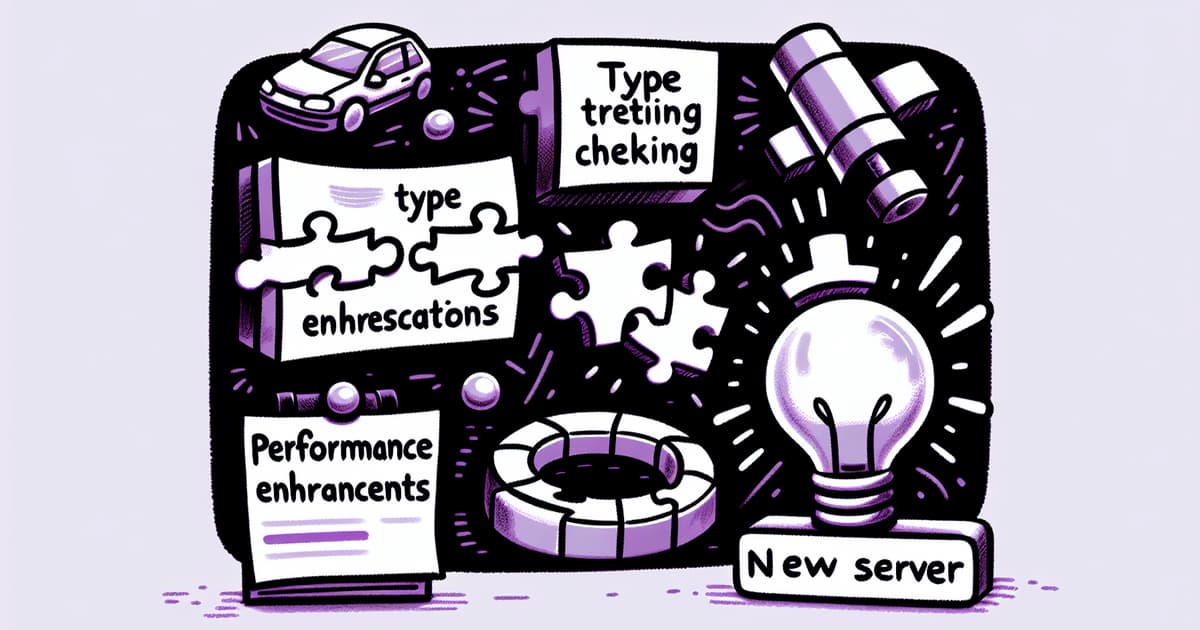
Elixir News Update: Type Checking, Performance Enhancements, and New MCP Server
ThinkingElixir.com reports on Elixir v1.19.0-rc.0 with type checking improvements, Gleam's performance boost, Elixir Outreach stipend program, and Tidewave MCP server for AI agents.

Building Invitations and Collaborator Management in a Phoenix LiveView App
[series] In this video, we add invitations and collaborator management features to the budgie app using Phoenix LiveView.

Techniques for Numbering Nested Forms in Phoenix LiveView
This article discusses a technique for numbering nested forms in Phoenix LiveView, particularly focusing on recipe ingredients.
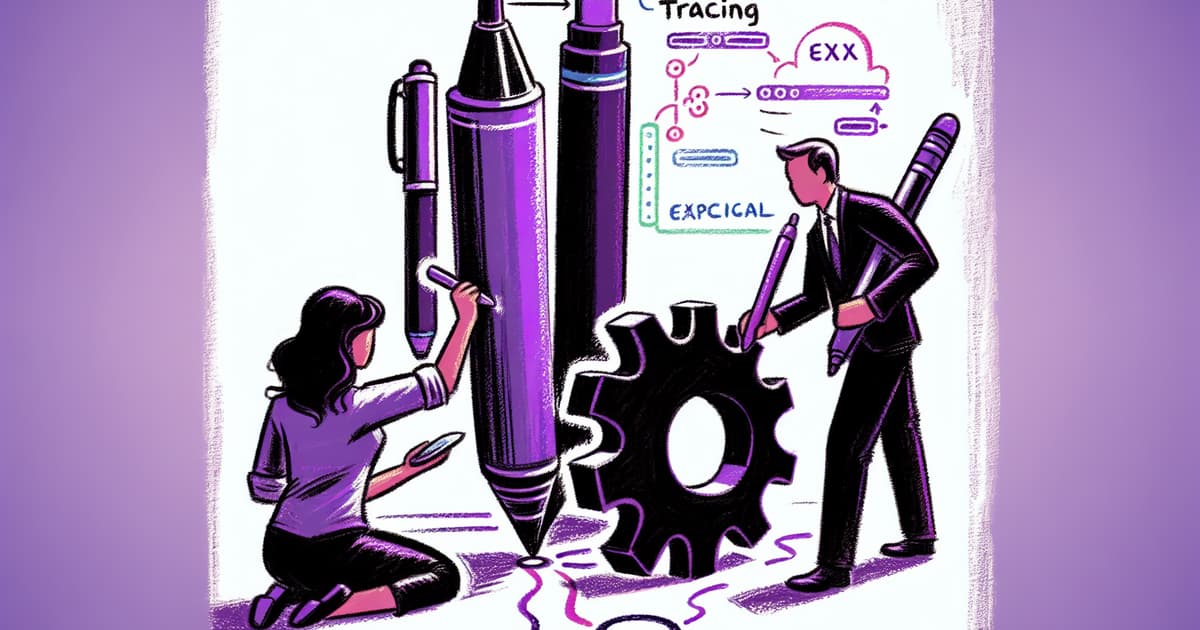
Setting Up Tracing in Elixir Applications with AppSignal
Aestimo Kirina discusses the importance of tracing in Elixir applications and provides a step-by-step guide to implement tracing using AppSignal for a financial news tracker app.

Advanced Techniques for Nested Forms in Phoenix LiveView
In this article, the author discusses advanced techniques for creating and handling nested forms in Phoenix LiveView, focusing on usage with the Coox app example.

Integrating Frontend Frameworks with Phoenix LiveView for Enhanced Functionality
Phoenix LiveView allows for dynamic web applications with minimal JavaScript, but integrating frontend frameworks like Svelte, Vue, or React enhances functionality without losing Elixir's simplicity.

Building a Budget Tracking App with Phoenix LiveView and Ecto
[series] In this episode, we create a dedicated budget period view and implement advanced database aggregation to calculate rolling balances across budget periods!
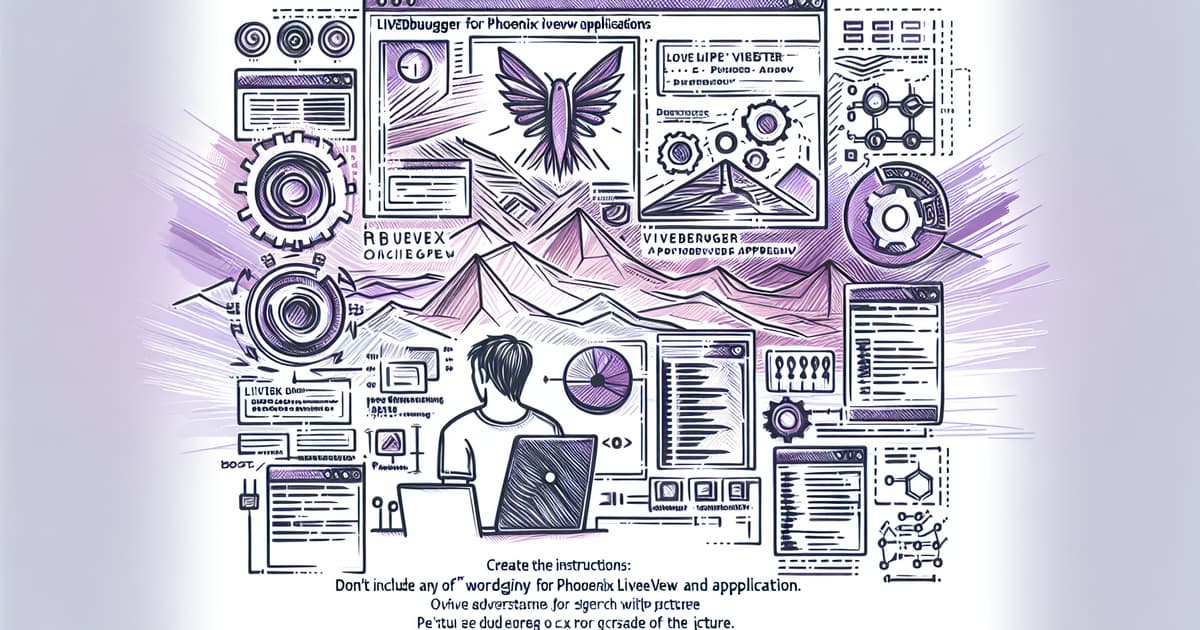
An Overview of LiveDebugger for Phoenix LiveView Applications
With the launch of Phoenix LiveView 1.0.0, a new tool called LiveDebugger has been developed to aid developers in debugging complex web applications built with LiveView.
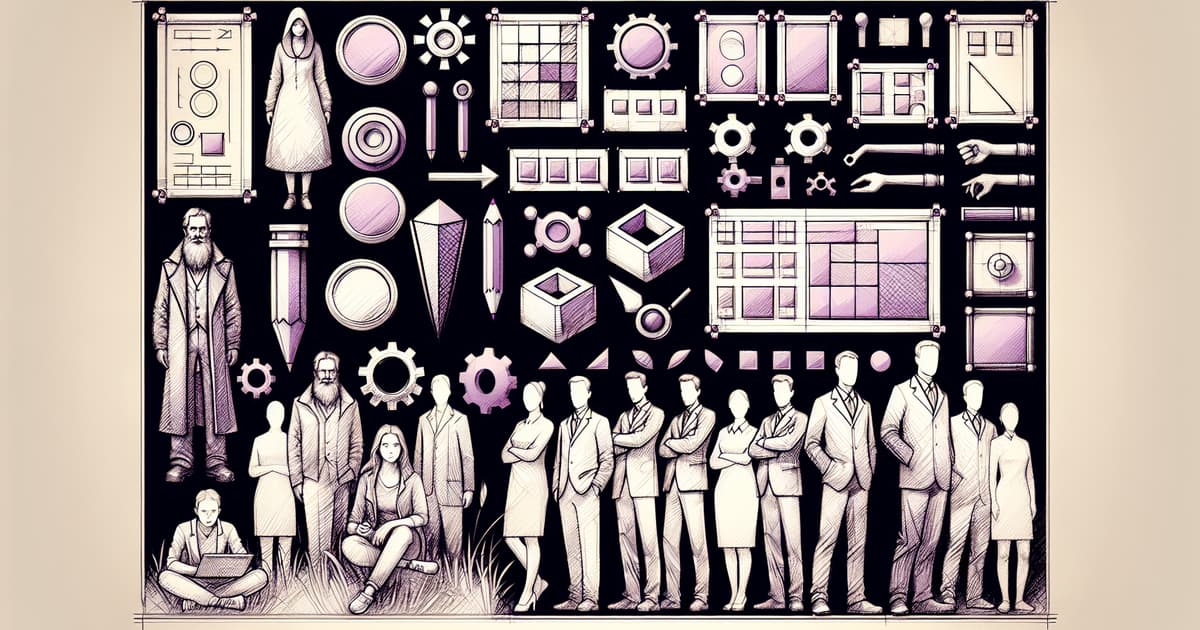
A Comprehensive UI Components Library for Phoenix with Great Customization
Mishka highlights the features of the Chelekom library for Phoenix, offering over 90 customizable UI components with Tailwind integration and robust documentation.

Implementing Multiple Hooks in Phoenix LiveView Elements
This content discusses the limitation of Phoenix LiveView that only supports one hook per element and introduces a solution for delegating multiple hooks to a single DOM node.

Building a Budget Tracking App with Phoenix LiveView
In this episode of the series, the author discusses how to subdivide budgets into monthly periods in a Phoenix LiveView application, laying the groundwork for features like incremental funding and rollovers.

Managing external assets in Elixir applications using the @external_resource attribute
The content discusses how to properly embed external CSS and JS resources in an Elixir project, specifically within the ErrorTracker web dashboard, to ensure that changes are correctly reflected during development.

Exploring Elixir's Potential for AI-Assisted Development
The author discusses how Elixir is uniquely positioned to enhance AI-assisted coding through its structured documentation, functional nature, and integrated testing framework.

LiveDebugger: Enhancing Debugging for Phoenix LiveView Applications
With the introduction of Phoenix LiveView 1.0.0, LiveDebugger has been developed to simplify the debugging process for LiveView applications, offering features that allow easier inspection of LiveViews and LiveComponents.
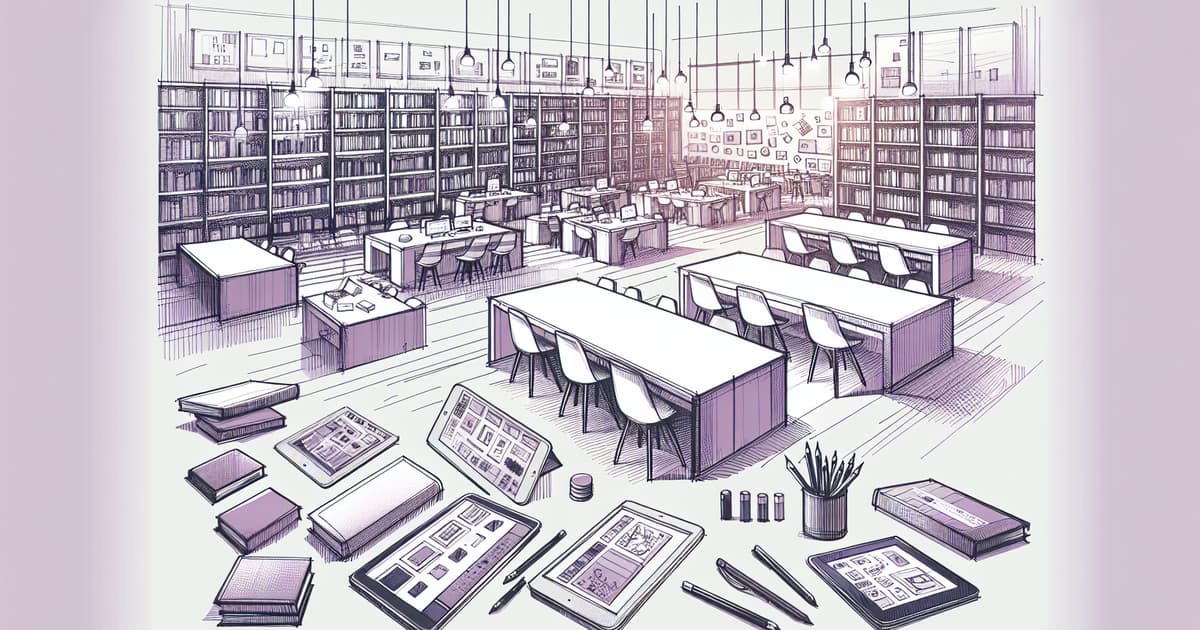
A Comprehensive Library for Interactive Tables in Phoenix LiveView
Introducing LiveTable, a library designed for Phoenix LiveView applications to create interactive tables with advanced features.

Enhancing a Budget Tracking App with Phoenix LiveView
[series] In this episode, we enhance our app with edit and delete functionality for transactions, demonstrating how to build reusable components in Phoenix LiveView.
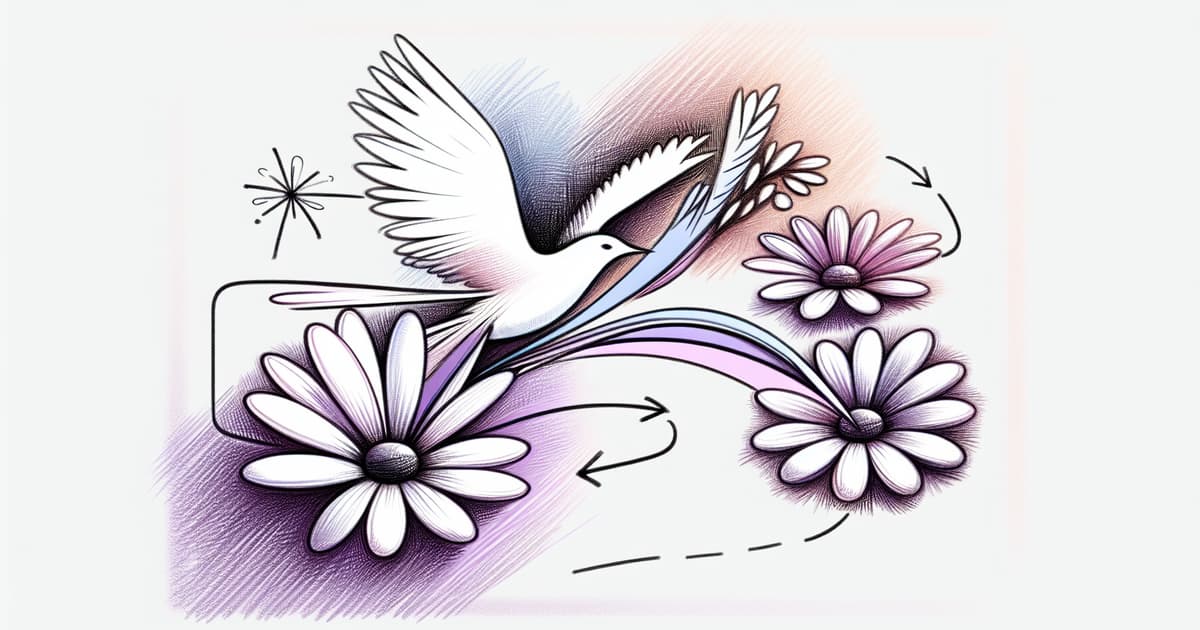
Integrating DaisyUI with Phoenix LiveView for Enhanced UI
DaisyUIComponents is a library integrating DaisyUI into Phoenix LiveView projects, enhancing UI with pre-styled components.

Introduction to Phoenix LiveView with Svelte
In this video by Vishal Gautam, viewers will learn how to get started with Phoenix Live and Svelte.

Building a Budget Tracking App in Phoenix LiveView with Testing Techniques
[series] In this episode, we review the AAA testing pattern, migrate from test fixtures to a factory, and add a code coverage package to report on quality.
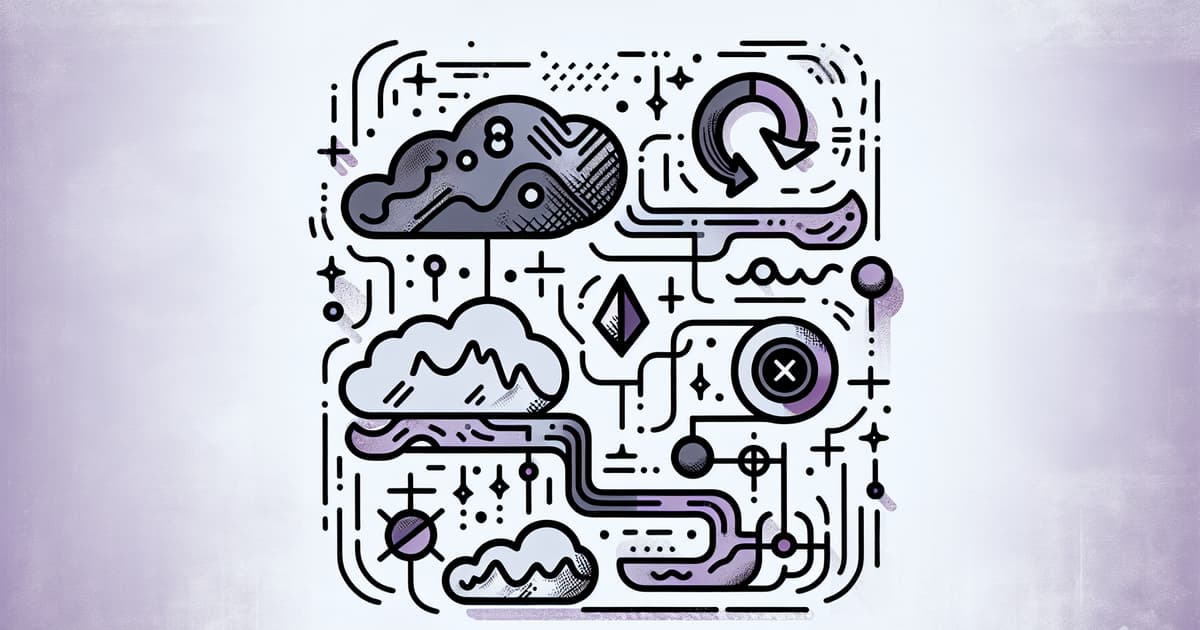
Combining Async and Streams in Phoenix LiveView
This post explores how to use async and streams together in Phoenix LiveView, detailing the setup and implementation process.

Building a Budget Tracking App with Phoenix LiveView
[series] Build a complete budget tracking app in Phoenix LiveView! This episode covers transaction modeling, Ecto enums, and more.

Implementing Undo Delete Functionality in Phoenix LiveView
Destructive actions in web applications should be managed carefully to prevent accidental data loss. This article discusses an implementation of an undo option for delete actions using Phoenix LiveView.

Creating a Budget Tracking App in Phoenix LiveView
[series] Build a complete budget tracking app in Phoenix LiveView! In this episode, we create a basic detail view for individual budgets while learning patterns for handling UUIDs and securing routes.

Implementing a View Model for UI State in Phoenix LiveView
This article discusses the implementation of a view model in Phoenix LiveView to manage UI states for items in a user interface.

Updates on LiveDebugger and Insights from Gigalixir
News includes the introduction of LiveDebugger, a browser-based debugging tool for Phoenix LiveView applications, and the launch of Artifix for private Hex registries. The episode features Tim Knight, CTO of Gigalixir, discussing the platform's unique offerings for Elixir developers.

Using Ecto and PostgreSQL for Effective Chart Data Normalization
Dan Schultzer discusses methods for preparing datasets for charts in Phoenix applications, emphasizing the importance of properly normalized data.

Integrating ECharts with Phoenix LiveView for Live Chart Updates
Dan Schultzer discusses how to implement ECharts in a Phoenix LiveView application for dynamic charting. The article covers dependencies, setting up hooks, managing live updates, and handling data for visualizations.

Creating a Budget Tracking App with Phoenix LiveView
[series] This video introduces building a budget tracking app in Phoenix LiveView, covering key concepts like domain modeling and user data scoping.
© HashMerge 2025